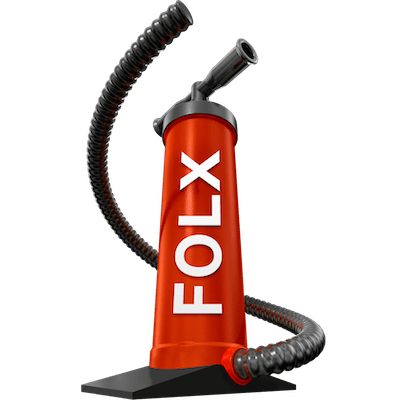

Tenderness to palpation of external occipital protuberance.Hyper tonicity and shortening of posterior sub-occipital and scapula-cervical muscles.Postural: FHP (Forward Head Posture) with associated increased thoracic flexion and scapular protraction.The main clinical objective findings for tension headaches: Under High amount or long duration of stress.Recent life changes – change of job, living situation, relationship, ANY major change.Job that requires prolonged sitting, especially if using computer.When working long hours at a desk or computer forward head posture often results- because the body posture will follow the eyes, usually forward, and the posture gets more and more flexed with time due to the force of gravity.Ĭommon history and/or complaints of individual with tension headaches: As indicated above, it can relate to occipital and tension headaches due to the compression pressure that can aggravate the sensitive C2 nerves. This posture causes excess mechanical strain on the neck region and results in a cascade of muscular and skeletal problems. The further forward the head position, the higher the muscular force of the neck muscles must be to counteract gravity. This position puts an abnormal load on the cervical, thoracic, and jaw regions places high amounts of stress on the muscular system. In the area of postural mechanics there is a term that describes a very common position of the head and neck that relates to sub-occipital tension – known as Forward Head Posture. (ref below)Ībnormal posture has often been related to numerous musculo-skeletal and neuro-vascular impairments. Cervical extension motions compress this region and thus Forward head posture can relate to Occipital headaches through this relationship. C2 has a large cutaneous distribution and has a large dorsal root ganglion in a vulnerable location between C1 and C2. Nerves – Dorsal Ramus of spinal nerve C1 and C2 (Greater occipital nerve).Muscles – Anterior Suboccipital Muscles (Rectus Capitus Anterio, Rectus Capitus Lateralis), Posteiror Suboccipitals (Rectus Capitus Posterior Major and Minor, Inferior and Superior Oblique), Splenius Capitus, Trapezius, Pectorals, and masseter.Ligaments – OA and AA ligaments, including Alar and Cruciform ligaments.Joints – Occipito-atlanto joint (O-A), Atlanto-axial joint (A-A), Mid Cervical Joints.

The sensation of pain can also relate to areas of the neck, jaw, shoulders, upper back, back of head, and refer to the frontal region of the head.Ī brief overview of the anatomy involved in this area involves the following: It is often throbbing, pulsating, and radiating in nature. Tense or constricted muscles of the neck often relate to headaches, which can be very intense and unrelenting, and often difficult to resolve. The strain of the cervical structures can be associated with headaches.Īccording to the Mayo Clinic “tension headaches are the most common type of headache and yet the causes are not well understood.” With tension headaches, the muscles that supported the head, including the posterior and anterior sub-occipital muscles, deep neck flexor and extensor muscles are frequently found to be involved. In other words the structures of the neck and craviovertebral junction are strained from poor posture, overuse activities, or movements. This type of headache typically has it’s origin from a structural source. The headaches arising from this region are also known as “Occipital Headaches” which according to many clinician’s, originate in the cervical region, especially if cervical traction decreases the headache pain. In anatomical terms this is known as the craniovertebral junction, which is a collective term referring to the atlas, axis, occiput, and surrounding ligaments and soft tissue. Tension headaches commonly relate to the sub-occipital region where the vertebrae of the neck, the cranium, and the surrounding tissues come together. This is a very common problem seen by me and Francis in New York City. Physical Therapy/ Neuro-musculo-skeletal Perspective:


 0 kommentar(er)
0 kommentar(er)
